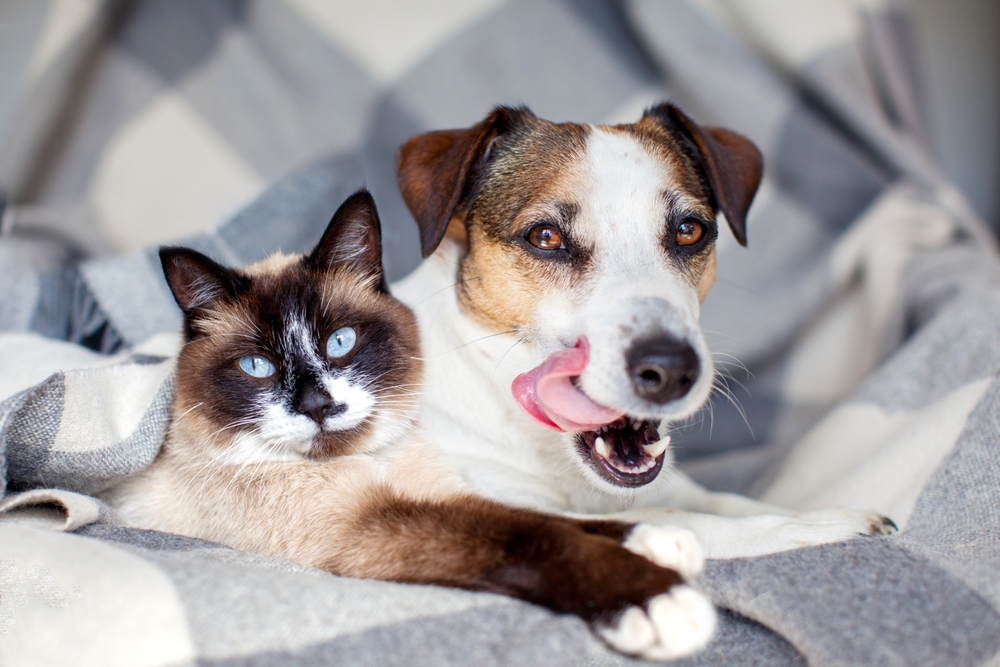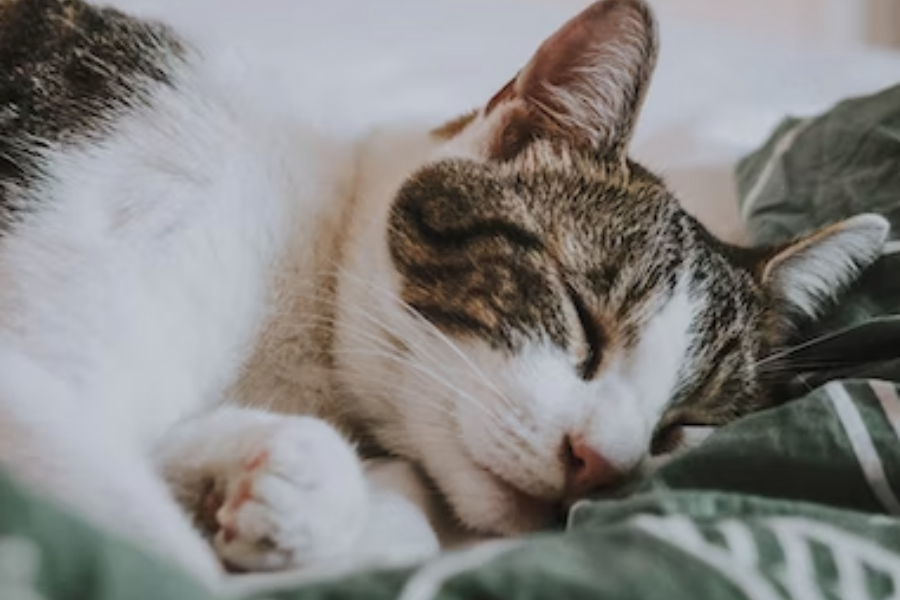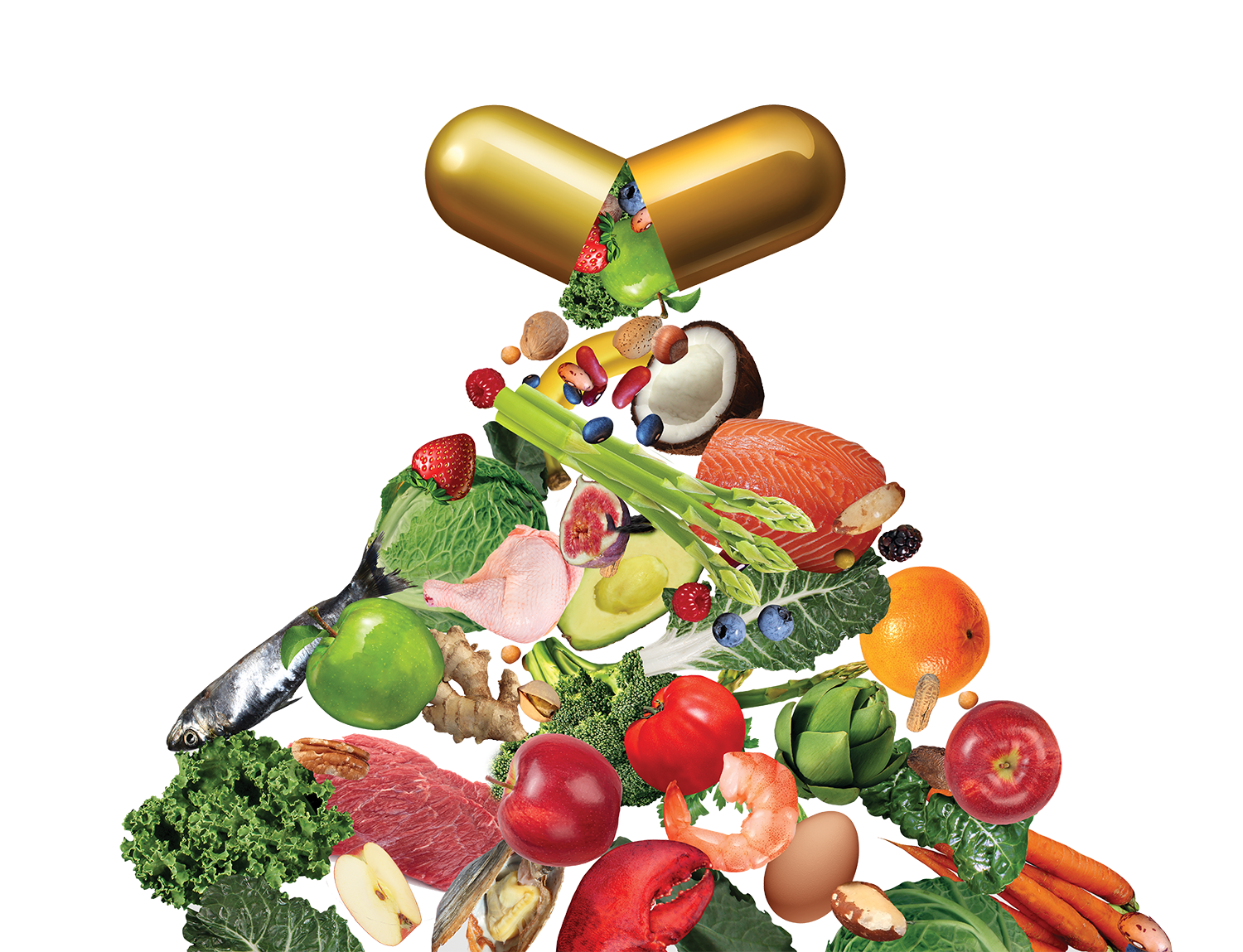Jin Shin Jyutsu in veterinary practice a transformative phenomenon with profound implications for both veterinary professionals and pet parents. Rooted in ancient wisdom and supported by contemporary research, this gentle yet powerful touch therapy offers a pathway to balance, healing, and resilience.
Touch can be very healing. As animal lovers, we readily recognize the comforting nuzzle of a dog, or the soothing presence of a cat on our lap. We instinctively place our hands on areas of discomfort in our bodies, and our pets seek to touch us when they sense our pain, both physical and emotional. Similarly, we touch our pets when they are hurting or scared, and they thrive on that connection. Among the healing modalities that involve touch is Jin Shin Jyutsu (JSJ). Jin Shin Jyutsu in veterinary practice can be quite valuable; an energetic touch therapy that offers a gentle and non-invasive approach to restoring balance and vitality in ourselves and our animal companions.
With origins dating back over 3,000 years, JSJ is deeply rooted in ancient wisdom while remaining profoundly relevant today. Master Jiro Murai rediscovered this ancient art in Japan over a century ago, subsequently paving the way for its introduction to the West by Mary Burmeister.
The art of Jin Shin Jyutsu
JSJ is an art form that harmonizes life force energy, or Qi, within the body. It is an acupressure therapy, based on Traditional Chinese Medicine, and involves the application of light finger pressure on specific body points, known as Safety Energy Locks, to help restore energy flow. This energy traverses the body along designated pathways, releasing blockages and reinstating internal harmony.
Unlike many other massage and Oriental healing modalities, Jin Shin Jyutsu distinguishes itself by using minimal pressure. Practitioners employ a technique of “holding” the points while synchronizing with their breath, effectively acting as conduits to redirect or unblock the flow of energy along the body’s pathways. By intuitively feeling for energy pulses over specific channels in a harmonizing sequence, or “flow,” practitioners seek to restore the natural rhythm of energy circulation within the body.
Integrating JSJ into the veterinary world
In recent years, Jin Shin Jyutsu in veterinary practice has gained recognition among veterinarians worldwide as a valuable tool for promoting the health and happiness of animals. It is also a technique that pet parents can learn to support the health of their animals while fostering deeper bonds between themselves and their fur babies. JSJ’s gentle approach, versatile applications, and emphasis on holistic wellness have integrated it into many animal care routines, offering hope and healing across diverse contexts.
Enhancing well-being and healing for vets and support staff
Beyond its direct benefits for animals, Jin Shin Jyutsu in veterinary practice holds profound advantages for veterinarians and support staff. It provides a crucial way for practitioners to center themselves, connect with their breath, and enter a parasympathetic state, thereby enhancing their ability to synchronize their energy with that of their patients and clients. Given the high-stress nature of veterinary medicine, which is characterized by alarming rates of burnout and suicide, Jin Shin Jyutsu in veterinary practice emerges as a vital strategy for mitigating stress and promoting mental well-being among veterinary professionals.
Jin Shin Jyutsu finger holds
Many of JSJ’s energy pathways, intricately connected by the fingers, are believed to regulate approximately 14,400 bodily functions. By applying specific techniques for holding the fingers in particular configurations (more on this below), practitioners can effectively balance and harmonize energy throughout their entire bodies.
JSJ seamlessly integrates into the demanding schedules of veterinary professionals, providing rapid and effective stress relief. You can incorporate Jin Shin Jyutsu into your daily routine, dedicating brief intervals between client appointments to focus on specific finger holds or energy points, thereby recalibrating your energy and enhancing mental clarity. Such practices empower veterinarians to approach each patient interaction with renewed focus and calm, optimizing their ability to deliver compassionate care.
The strategic use of Jin Shin Jyutsu at the beginning and end of each day further consolidates its role in fostering overall well-being among veterinary professionals. Devoting just 15 minutes each morning to connect with the breath and engage in Jin Shin Jyutsu techniques can establish a positive foundation for the day ahead. Similarly, concluding the day with a JSJ session offers an opportunity to release accumulated stress and prepare the mind and body for restful sleep. These intentional practices contribute significantly to building resilience against the demanding pressures of veterinary medicine, promoting sustained mental health and enhancing the capacity for empathetic patient care.
Clinical studies and evidence
Recent research has highlighted the tangible benefits of Jin Shin Jyutsu in various healthcare settings. For instance, a study entitled “Not Just a Theory: The Relationship Between Jin Shin Jyutsu® Self-Care Training for Nurses and Stress, Physical Health, Emotional Health, and Caring Efficacy” revealed compelling outcomes. Nurses who committed to daily self-help practices over a one-month period reported significant improvements in their emotional and physical well-being. Specifically, participants experienced increases in positive outlook, gratitude, motivation, calmness, and communication efficacy. Conversely, they noted a decrease in anger, resentfulness, depression, stress symptoms, time pressure and morale issues. Additionally, nurses reported fewer incidences of muscle aches, sleeplessness, and headaches.
These findings suggest that Jin Shin Jyutsu self-care practices not only mitigate stress and enhance emotional resilience, but also augment caring efficacy among healthcare professionals.
Cardiovascular benefits and clinical applications
Research into Jin Shin Jyutsu has also explored its cardiovascular benefits, particularly following stroke (“Cardiovascular Benefits of Acupressure [Jin Shin] Following Stroke,” published by PubMed). Active acupressure treatments, a core component of Jin Shin Jyutsu, have been associated with significant reductions in heart rate compared to placebo treatments.
These cardiovascular findings underscore JSJ’s role in regulating physiological responses and promoting cardiovascular health post-stroke. While more extensive studies are warranted to elucidate this modality’s full spectrum of effects, the initial findings highlight its promise as an adjunctive therapy in rehabilitation settings.
Attitudes associated with each finger
A primary emotion (what Jin Shin Jyutsu calls “attitudes”) is associated with each finger. As you can see in the “Additional benefits” I’ve listed below each image, additional attitudes as well as physical symptoms are associated with each finger. You can target these attitudes and symptoms by holding specific fingers, connecting to your breath and setting an intention to release the negative energy.
Here’s an acronym to help you remember the primary attitude associated with each finger. “Get rid of Worry FAST:” W for Worry (thumb), F for Fear (index), A for Anger (middle), S for Sadness (ring), and T for Trying (little).
For each finger or thumb, hold for 3 to 5 minutes or until you feel a “pulse”. Connect to your breath and set the intention to let go of emotions that no longer serve you.
Worry: Thumb
Additional benefits: For depression, hate, obsession, anxiety, self-protection, physical fatigue; also helpful for the back of the head, breathing, and digestive discomforts.
Fear: Index finger
Additional benefits: For timidity, mental confusion, depression, perfectionism, criticism, frustration, digestive and elimination issues, wrist/elbow/upper arm discomforts.
Anger: Middle finger
Additional benefits: For cowardice, irritability, indecision, instability, lack of alertness, feeling overly emotional, general fatigue, eye issues, and forehead discomforts.
Sadness/grief: Ring finger
Additional benefits: For negative feelings, lack of common sense, excess mucus, breathing, ear discomforts.
Trying to/pretense (cover-up): The little finger.
Additional benefits: For insecurity, nervousness, confusion, issues of “why am I here;” calms nerves, aids bloating.
How to hold the fingers
There are two primary ways to practice holding the fingers. You can either hold all ten at once, starting with one hand and then the other, or focus on the attitudes and benefits associated with one finger at a time.
When concentrating on a single finger, there are two main approaches:
- The “quickie” hold: In Jin Shin Jyutsu, holding just one finger is known as a “quickie.” This involves holding a finger on one hand with all the fingers and thumb of the other hand. For example, to hold the left thumb, wrap all four fingers of your right hand around your left thumb. You might choose to hold your thumb if you’re feeling worried. Similarly, you might hold your ring finger to alleviate symptoms like tinnitus. It doesn’t matter whether you hold fingers on your left or right hand, as energy pathways cross from one side of the body to the other. The key is to do what feels most convenient in the moment.
- Extended sequence: The second approach is to use a longer sequence for a particular finger, combining the holds of several fingers one after the other. For example, the extended sequence for Worry involves holding the thumb, then the middle finger, followed by the little finger.
There are also multiple options for how long to hold a finger:
- If time permits, hold all ten fingers each until you feel a pulse. If the finger is already pulsing strongly, hold it until the pulse calms down.
- Alternatively, you can hold each finger for two or more breaths, a practice that can be done throughout the day and is very meditative and relaxing.
- For a single finger “quickie,” you can hold for as long as you like. For instance, if you’re at work and feeling angry, you can discreetly hold your middle finger under the table until the emotion softens.
Conclusion
Jin Shin Jyutsu is emerging as a transformative practice with profound implications for both veterinary professionals and pet parents alike. Rooted in ancient wisdom and supported by contemporary research, this gentle yet powerful touch therapy offers a pathway to balance, healing, and resilience in the face of demanding challenges. By integrating Jin Shin Jyutsu into daily routines, veterinarians can cultivate a state of mental and emotional equilibrium, mitigating the risks of burnout and enhancing their capacity for compassionate care. Similarly, pet owners can harness the therapeutic benefits of Jin Shin Jyutsu to support the health and happiness of their beloved animals, thereby strengthening the bond between human and animal.
This article is a tribute to my dear friend, Kelly, whose deep love for Jin Shin Jyutsu continues to inspire and guide us, bridging the realms of healing from across the veil.
Resources
www.ncbi.nlm.nih.gov/pmc/articles/PMC9209636/
https://himalayaninstitute.org/online/jin-shin-jyutsu-the-art-of-hands-on-healing/
www.ncbi.nlm.nih.gov/pmc/articles/PMC2834413/
https://journals.sagepub.com/doi/abs/10.1177/0898010114531906







